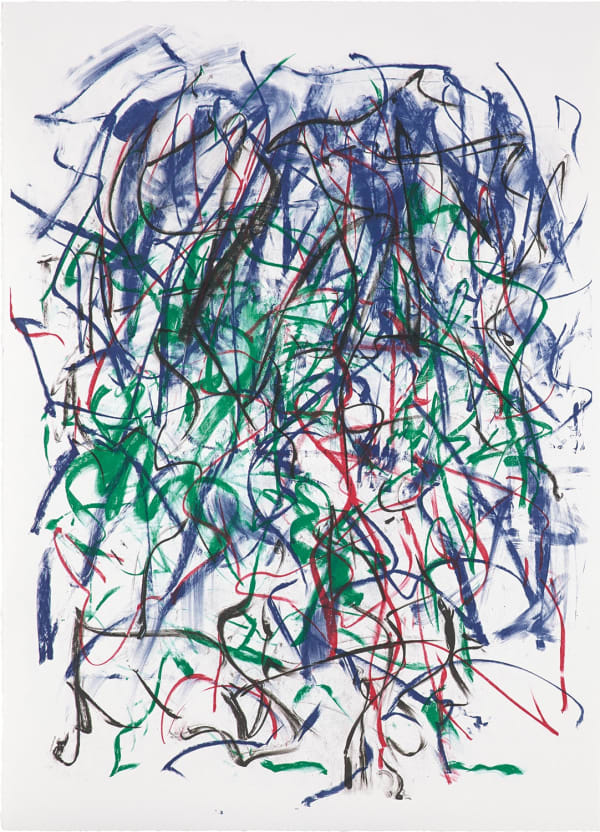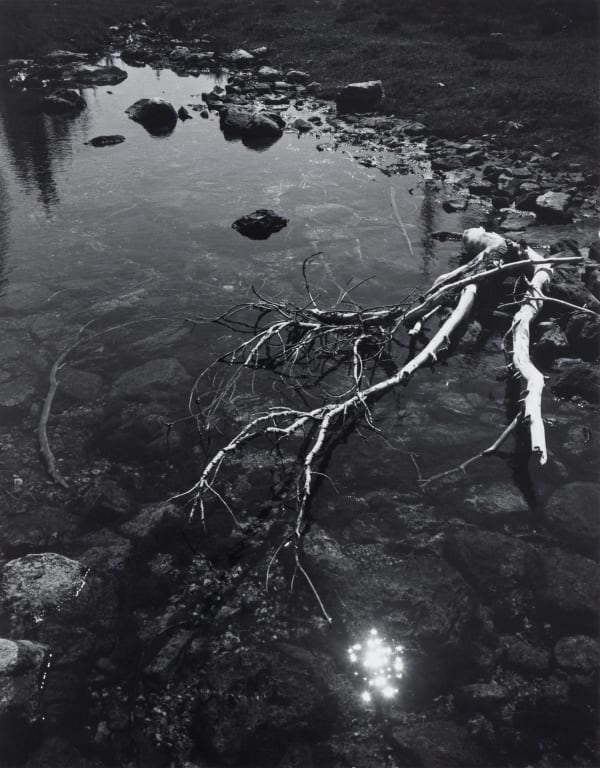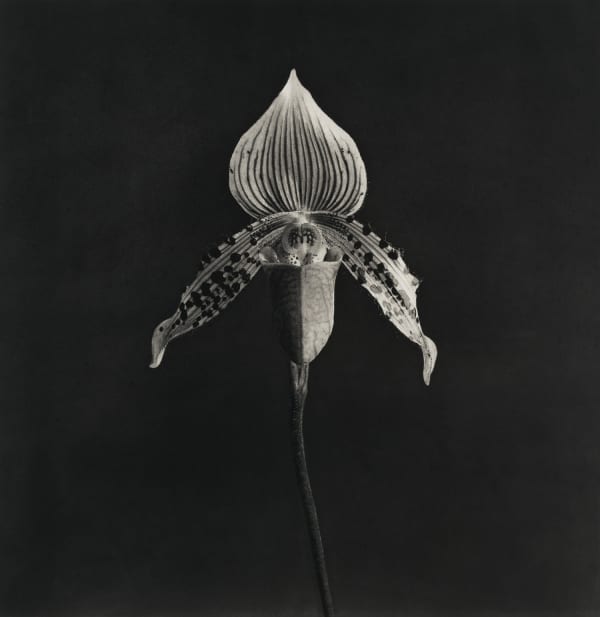"A great photograph is a full expression of what one feels about what is being photographed in the deepest sense, and is, thereby, a true expression of what one feels about life in its entirety."
Ansel Adams (San Francisco, California, 1902 – Monterey, California, 1984) is a renowned photographer and environmentalist best known for his breathtaking black and white photographs of the American West. Born four years before the Great San Francisco Earthquake of 1906, he was thrown to the ground and broke his nose, which marked him for life. He had an unusual childhood and faced difficulty in school, but found solace in long walks in nature. Adams visited Yosemite Valley for the first time in 1916 and was transfixed by its beauty. He took a job as the custodian of the Sierra Club and was later hired as the official photographer of trips, during which he developed a fervent attachment to the land. In the 1930s Adams decided to dedicate his life to photography, and in 1932 he founded the group f/64 with contemporaries Imogen Cunningham and Edward Weston, dedicated to what they termed “straight photography” and the elevation of photography to high art. By the mid 1930s, he was well-known for his technically precise and remarkable images as well as his determination to raise awareness for the need to protect the natural landscape. As a result of his efforts, President Jimmy Carter awarded him the 1980 Presidential Medal of Freedom for his work as a photographer and environmentalist.
-

Seeing Nature
Art Plugged, May 21, 2021 -

Seeing Nature. Online Viewing Room: Subjectivity and Reflection
KRYSSTELL MARÍN, Metalocus, May 9, 2021 -

Contemplando la naturaleza en Zeit Contemporary Art
Ana Robledano Soldevilla, Ars Magazine, May 4, 2021 -

Zeit Contemporary Art Explores the Captivating Power of Nature in Art
Artfixdaily, April 28, 2021







